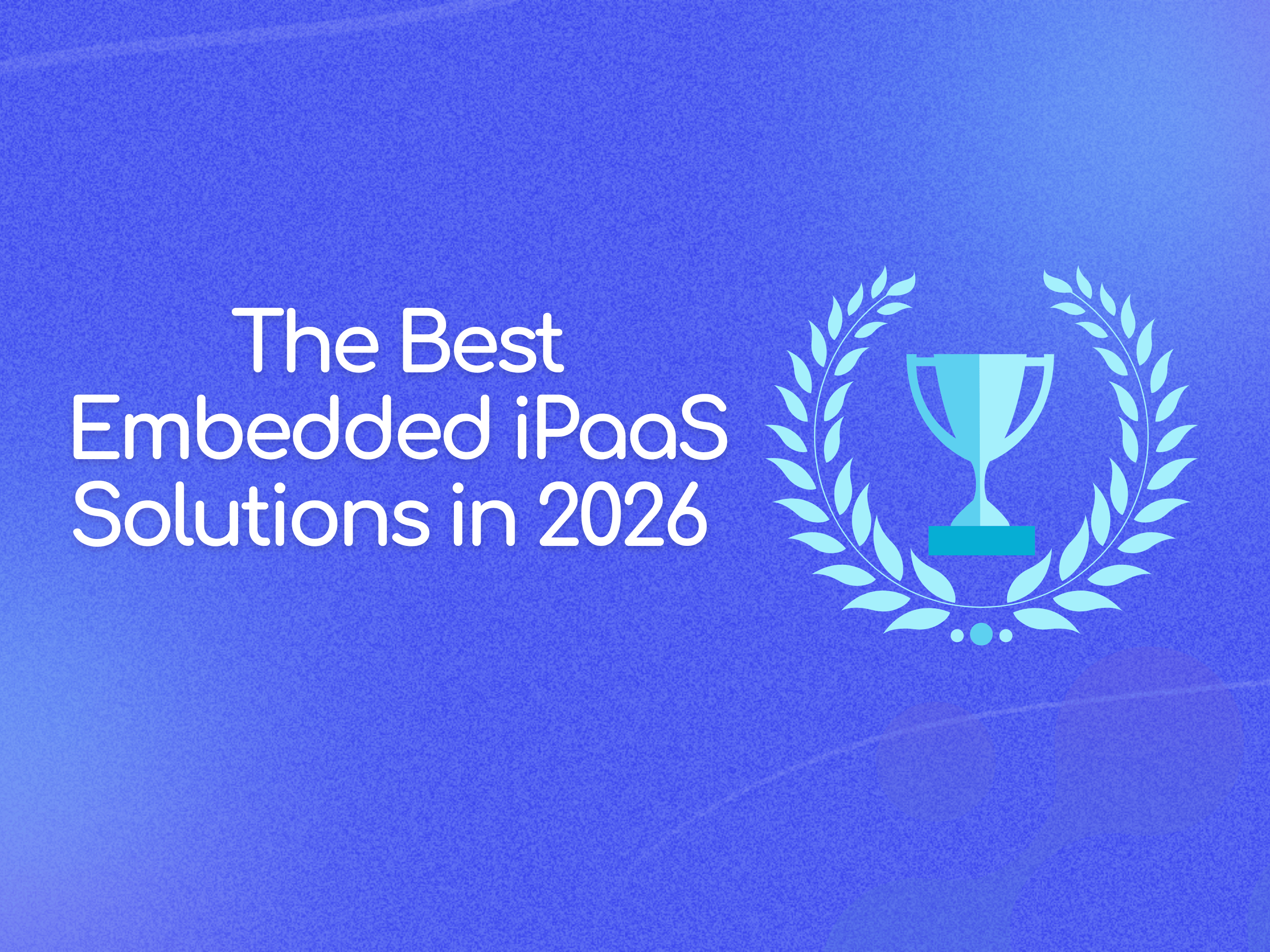How one Series B SaaS built a preferred integration in 3 weeks

Entering an In-App Marketplace
The Challenge
A SaaS for wholesalers needed to generate more leads and satisfy current customers by building a native integration with one of the largest e-comm platforms.
The SaaS company had used a traditional iPaaS in the past, but that tool, despite being a GUI, had required significant engineering resources to work. The company did not have the engineering resources to use that tool or build the embedded integration in house.
The Solution
Using Pandium’s infrastructure, built-in front end, and marketplace expertise, the SaaS company was able to quickly launch an integration embedded in the leading platform’s marketplace.
Because Pandium was familiar with the larger platform’s requirements and because it has technically robust infrastructure, the SaaS company’s integration obtained preferred status.
The company received 12x projected installs, closed new deals, and increased customer satisfaction, without any marketing resources.
The Results
The Full Story
Looking for growth
A Series B SaaS for wholesalers realized that they were losing a lot of revenue by not being in one of the largest e-commerce platform’s marketplaces.
Many of their customers were using this platform to power their stores, and an integration would make those customers’ lives much easier. In addition, prospects would discover the
SaaS product by searching through the platform’s marketplace, and be compelled by the interoperability.
The SaaS company knew they would get more attention from the platform, and from prospects, if their integration obtained preferred status.
But they were not familiar with the marketplace’s technical requirements, and they had limited engineering resources that they could divert from their core product.
Bad experiences with traditional iPaaS
The SaaS company had used a traditional IPaaS recently to try to build integrations for their customers. They found the GUI to have a steep learning curve, and be highly restrictive. It ended up requiring a lot of additional coding to meet their customers’ needs.
In addition, logging errors and building a front-end had to be cobbled together on top of the traditional iPaaS.
The SaaS company didn’t have the engineering resources to repeat that experience, and nor did they have the resources to build the native integration from scratch.
Choosing Pandium
The SaaS company discovered that Pandium was vastly different than a traditional IPaaS. Pandium has a front-end UI for the integration, and an admin dashboard for monitoring integration usage and errors.
As Pandium’s professional services team can code all the integration configurations, there was no need for the SaaS company to spend any engineering resources.
However, the SaaS company wanted to embark on a collaborative process with Pandium’s professional services team because this would allow them to shape the business logic of their configurations while spending minimal engineering resources.
This meant that the SaaS company only needed a day of engineering resources instead of months worth.
As Pandium had strong expertise in the larger platform and was well-versed in their technical requirements, the SaaS company was confident they would be able to obtain preferred status once their integration was built.
The Results
On Pandium, the SaaS company was able to quickly and painlessly build an integration embedded in the larger marketplace.
The larger platform approved the integration, and awarded it preferred status, all without knowing Pandium was there.
With less than a day’s worth of engineering resources, the SaaS company had a robust, native integration in one of the largest e-comm platforms.
The native integration drove new sales, marketing leads, and raised customer satisfaction.
Marketplace leads
Most integrations are built without a way to track the users who click to install, and then abandon the process.
Pandium provides analytics so the SaaS company is able to access the list of users who start to install the integration but don’t finish. This provides a powerful lead list for marketing as well as a key metric for showing ROI on the integration.
Reduced engineering costs, happier engineers
The SaaS company’s engineers were well aware of the headache that came from working with a traditional iPaaS for product integrations.
Pandium takes care of the infrastructure, and allows engineers to configure their integrations and publish them to the platform in their language of choice. As a result, the SaaS company engineer who worked on the project enjoyed not having to learn a specialized system or language, or authentication protocols. Instead, he drew on his core expertise as a coder to help configure the configurations in the exact way their customers needed.
Excellent customer UX
Pandium’s white labeled integration front-end meant the SaaS company could easily customize the user experience to be seamless and branded.
The larger platform also approved of how the title looked, and how easy it was for customers to install and use their integration.
The single sign on experience meant that customers did not have to go searching for API keys, client IDs, or switch to a different website to authorize the integration, all hurdles that increase drop offs.
More installs
The SaaS company knew joining the marketplace of the larger platform would satisfy customers and bring in new ones.
But results were better than expected, and in Q1 of the integration going live, they had 1200% more installs than they had projected.
We're not "one hit wonders"

How Justuno builds multiple integrations per week using Pandium

How LeagueApps Built an Industry-Leading Partner Program with Pandium

How ShipBob partnered with Pandium to develop integrations 6x faster
From the Blog
.png)
Pandium Product Updates December 2025

